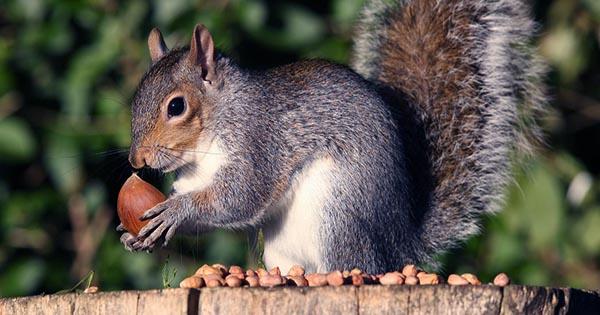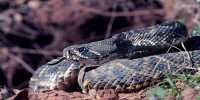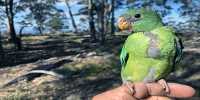If you chose a fighter for the competitive parkour, which animal would you choose? For the authors of a new study published in the journal Science, squirrels are the obvious choice. These glossy mammals are the focus of research that explores split-second conclusions that enable them to land on impossible landings in unpredictable terrain.
“Arboreal locations should be incredibly difficult for many reasons,” said Nathaniel Hunt, an assistant professor at IFL Science. “The chances of getting a foothold can be very limited. The gaps in an animal’s path require jumping from flexible branches that are bent in unpredictable ways. But despite this seemingly difficult challenge, squirrels move quickly and effortlessly on the roof.”
“If we understand how squirrels can do this, we can discover general principles of high-performance locations on roofs and another complex terrain that apply to the movement of other animals and robots.” While AI’s concept of being able to navigate efficiently on the roof may seem a bit terrifying, such innovations can be used to create robots capable of exploring natural disaster sites that are not securely accessed by humans, survival tracking or environmental information.
Also, it makes the upcoming Robot Revelation a little spicier. To determine which jumps the squirrels make and fix the dodgy landings, Hunt and colleagues lured some wild fox squirrels and confronted them with an assault course that would reward them with peanuts. They found that snack-seeking squirrels had a more considerate approach when confronted with “branch” – flimsy, but with practice, their confidence and speed increased.
“When they jump through a gap, they decide where they will rise based on the tradeoff between the branch flexibility and the size of the gap,” Hunt said. “And when they encounter a branch with fancy mechanical features, they learn to adjust their launching mechanics in just a few jumps.” “The flexibility of this behavior, which fits the mechanics and geometry of the leaping and landing structure, is important to jump right across a gap to land on a small target.” In terms of the weight of the different barrier varieties, the branch bend appears to be more significant than the gap distance. Researchers speculate that this may be due to the fact that squirrels are equipped with impressive claws that can rescue even the most jumping – if they reach the target.














